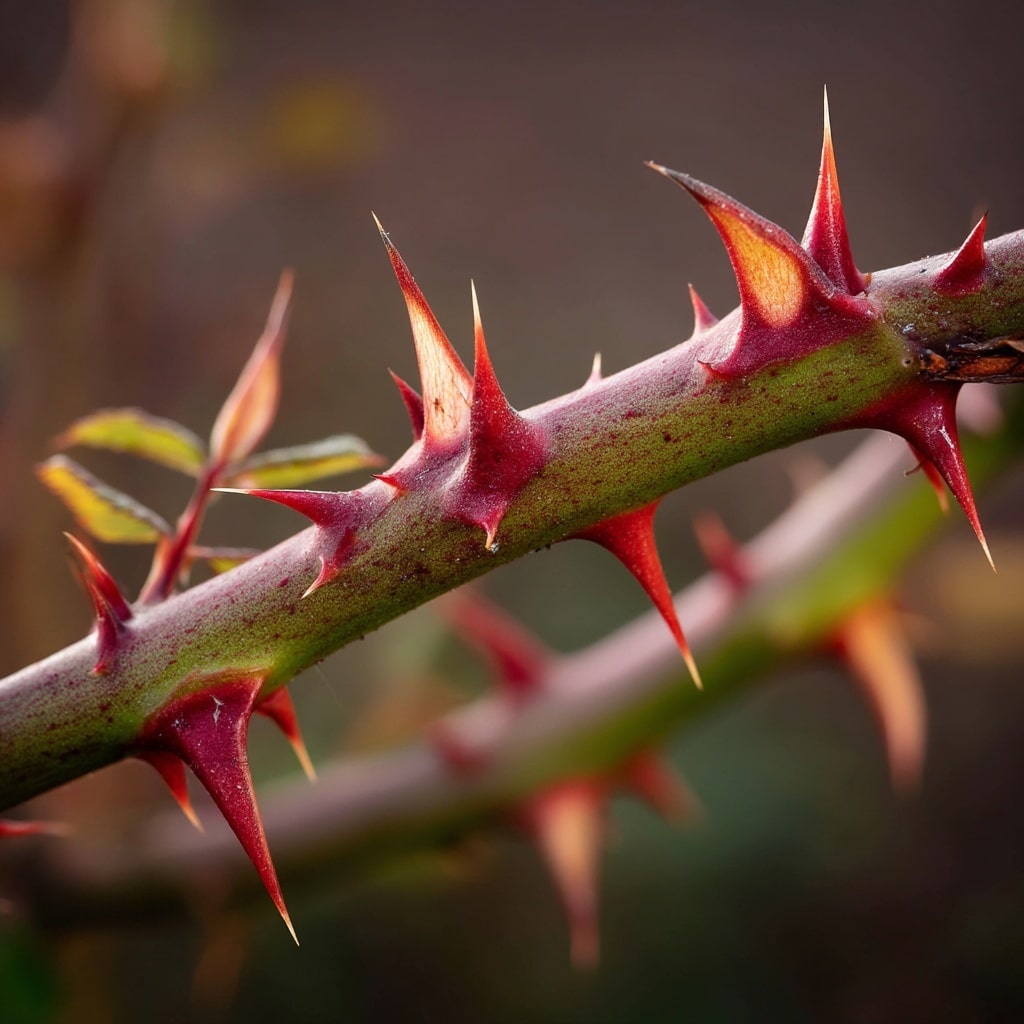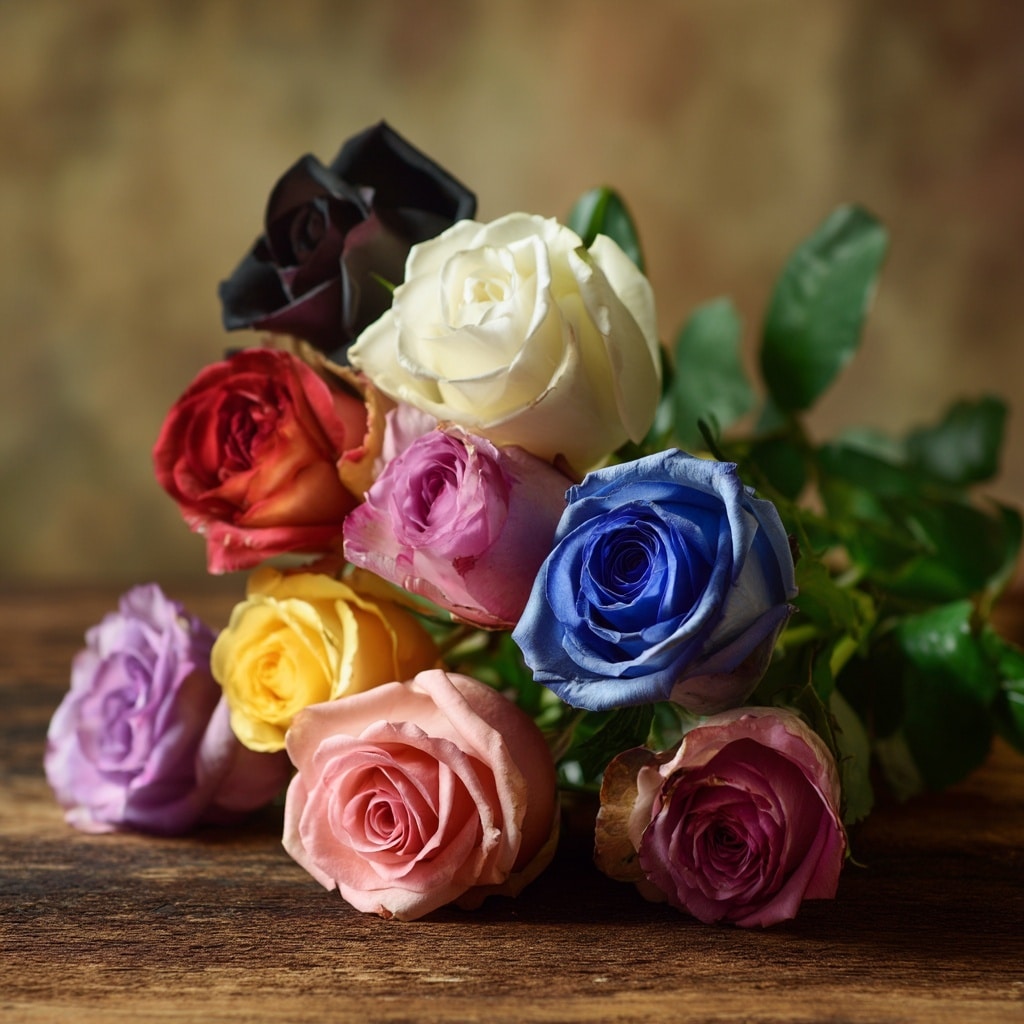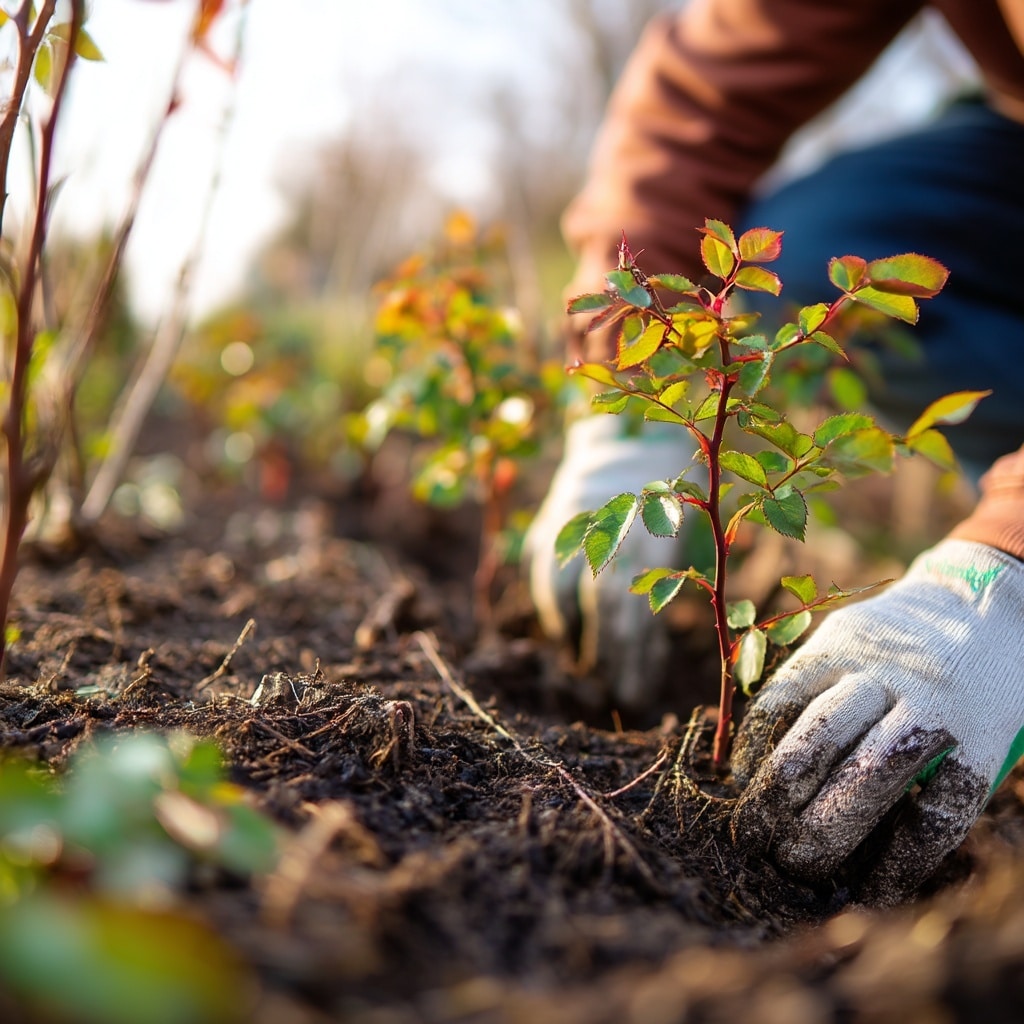The rose flower is more than just a garden staple—it’s a timeless symbol of beauty, emotion, and resilience. Admired for its striking colors, gentle fragrance, and classic form, this perennial plant has graced gardens and celebrations across cultures for centuries. With over 300 distinct species and countless hybrids, the rose flower offers incredible variety, whether you’re growing compact shrubs, dramatic climbers, or cascading trailers. Thriving best in full sun and well-tended soil, roses continue to be a favorite among seasoned gardeners and beginners alike, adding elegance and life to any outdoor or indoor space.
Getting the timing right is essential when planting a rose flower, as it sets the foundation for healthy growth and long-lasting blooms. The best times to plant roses are early spring and early fall. In spring, wait until after the last frost has passed and the soil is workable. This allows young rose roots to establish before summer heat sets in. Fall planting should happen about six weeks before your area’s first expected frost, giving the roots enough time to settle before winter arrives.
If you’re planting bare-root roses, spring is generally preferred. Container-grown roses offer more flexibility but should still follow seasonal timing for the best results.
Table of Contents
When to Plant
Getting the timing right is essential when planting a rose flower, as it sets the foundation for healthy growth and long-lasting blooms. The best times to plant roses are early spring and early fall. In spring, wait until after the last frost has passed and the soil is workable. This allows young rose roots to establish before summer heat sets in. Fall planting should happen about six weeks before your area’s first expected frost, giving the roots enough time to settle before winter arrives.
If you’re planting bare-root roses, spring is generally preferred. Container-grown roses offer more flexibility but should still follow seasonal timing for the best results.
Maintenance

To keep your rose flower healthy and vibrant, regular maintenance is key. One of the most important tasks is pruning, which improves air circulation, encourages new growth, and helps shape the plant. The best time to prune roses is in late winter or early spring, just before new growth begins. Remove any dead, damaged, or crossing branches, and trim the plant back to maintain its size and structure.
In addition to pruning, roses benefit from consistent watering, especially during dry spells. Deep watering once or twice a week is more effective than light, frequent watering. Apply mulch around the base to retain moisture and suppress weeds.
Fertilize every 4–6 weeks during the growing season with a balanced rose fertilizer to promote steady blooms.
Navigating Thorns

While the rose flower is celebrated for its beauty, its thorny stems can be a challenge for gardeners. These prickles—often mistaken for true thorns—are actually small outgrowths of the stem and serve as a natural defense mechanism. When handling or pruning your roses, always wear thick gardening gloves to avoid scratches or cuts.
In addition to prickles, roses are surprisingly attractive to deer and other browsing animals. If you live in an area with frequent wildlife visitors, consider installing physical barriers like fencing or using natural deer repellents. Products with strong scents, such as garlic or pepper-based sprays, can be effective deterrents without harming your plants.
Even with their prickles, the charm and elegance of the rose flower make the extra care well worth it.
The Symbolism of Colors

One of the most enchanting aspects of the rose flower is its rich symbolism, especially tied to its many colors. Each shade carries a unique meaning, making roses a thoughtful gift and a powerful expression in both gardens and bouquets.
Here’s what different rose colors traditionally represent:
- Red: Love, romance, and deep admiration
- Pink: Gratitude, joy, and appreciation
- Light Pink: Sympathy or gentle affection
- White: New beginnings, purity, and remembrance
- Yellow: Friendship and warmth
- Peach: Sincerity and gratitude
- Orange: Enthusiasm and passion
- Burgundy: Unconscious beauty and deep commitment
- Purple: Enchantment or love at first sight
- Green: Growth and renewal
- Blue: Mystery and the unattainable
- Black: Farewell or elegance in grief
- Rainbow or multicolored: Uniqueness and celebration of diversity
Understanding these meanings adds emotional depth to every rose flower you plant or share, connecting nature with heartfelt intention.
The Beauty of Roses

Few plants can match the timeless charm and versatility of the rose flower. Whether displayed in a formal garden bed, allowed to climb along a trellis, or potted on a sunny patio, roses bring elegance and color to any setting. With hundreds of species and thousands of hybrids, there’s a rose for every space and gardening style.
From compact shrub varieties perfect for small yards, to dramatic climbers that scale fences and arbors, and even trailing roses ideal for containers or cascading over walls—each type offers a unique visual appeal. Their lush blooms and pleasant fragrance make them a centerpiece in any landscape.
Beyond their aesthetic value, rose flowers also attract pollinators like bees and butterflies, contributing to a thriving garden ecosystem.
Rose Flower Care Summary

To keep your rose flower thriving, follow these basic care guidelines:
- 🌞 Sun Exposure:
Full sun — at least 4 hours of direct sunlight per day is essential for strong blooms and disease resistance. - 💧 Soil & Watering:
Prefers moist, well-drained soil with a slightly acidic pH of 6.0 to 7.0.
Deeply water once or twice a week, depending on climate. - 🌸 Bloom Time:
Most varieties bloom from late spring through early fall, with proper care and feeding. - ✂️ Pruning:
Prune in late winter or early spring to remove dead wood and shape the plant. - 🌿 Mulching:
Add mulch to help retain moisture, control weeds, and regulate soil temperature. - 🌼 Fertilizing:
Use a balanced rose fertilizer every 4–6 weeks during the growing season for optimal flower production.
Conclusion
The rose flower stands as a symbol of both natural beauty and emotional depth, making it one of the most cherished plants in gardens around the world. With the right care—proper planting, seasonal maintenance, and thoughtful attention to soil and sunlight—roses will reward you with vibrant blooms from spring to fall. Whether you’re cultivating a classic red rose to express love or a cheerful yellow one to brighten a friend’s day, each flower carries meaning and joy. Add a few to your garden, and you’ll quickly see why the rose continues to inspire across generations.


